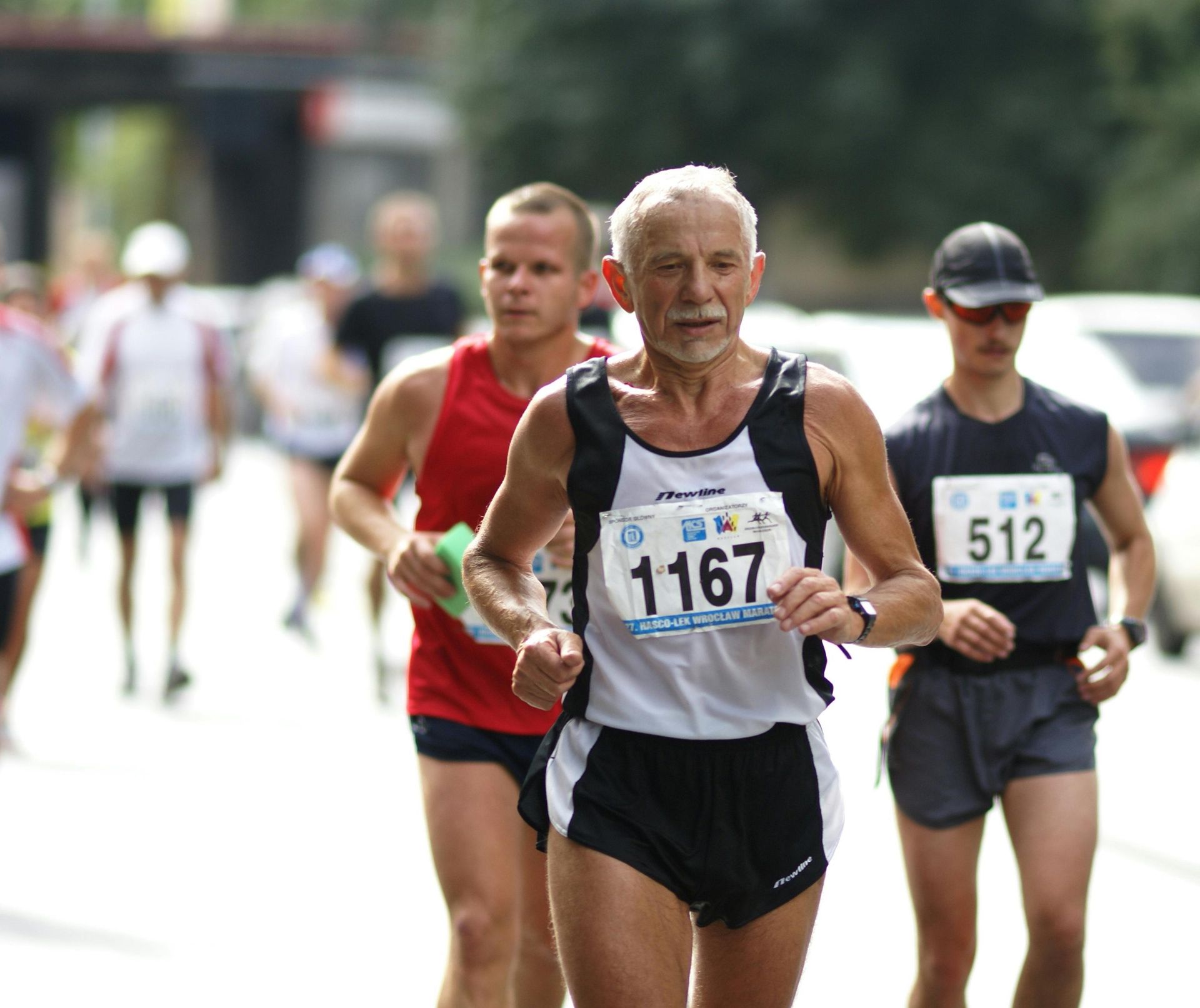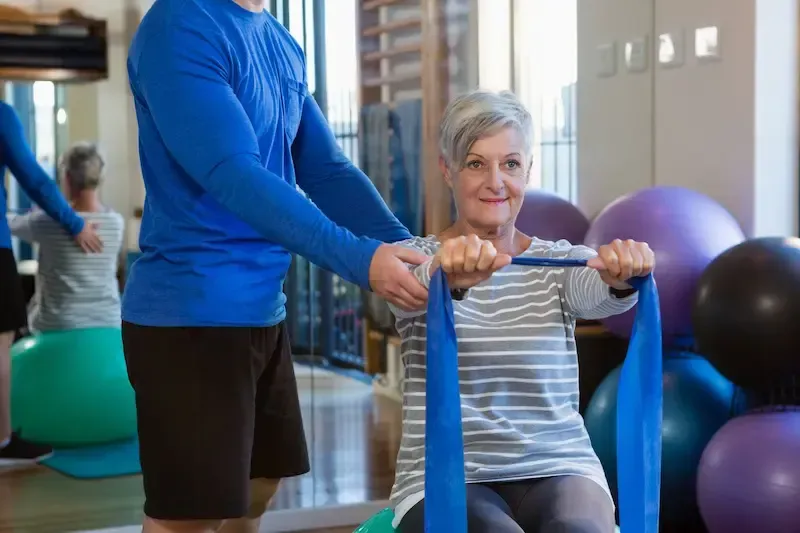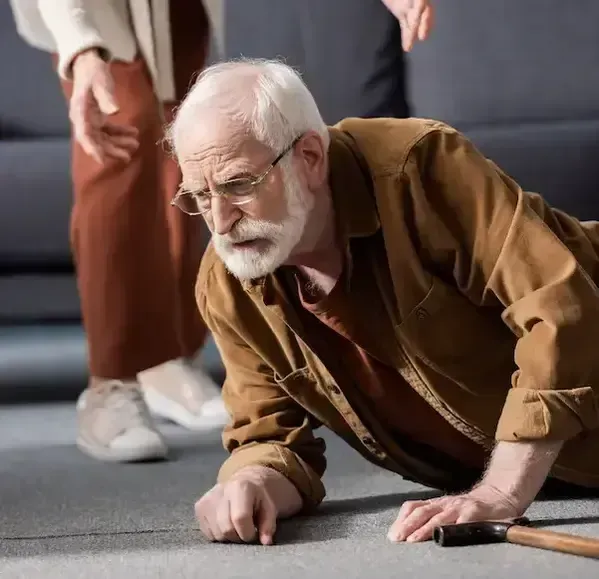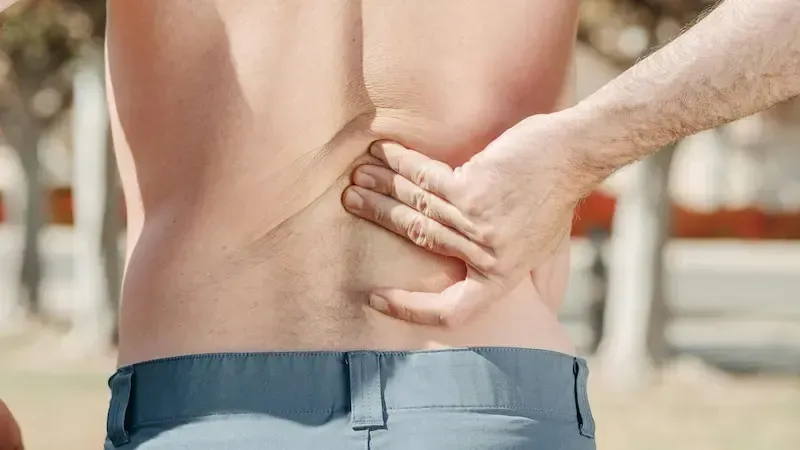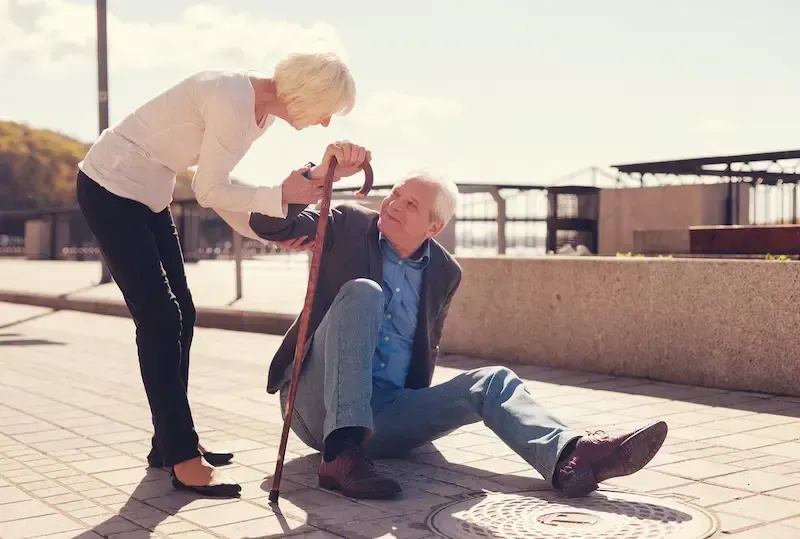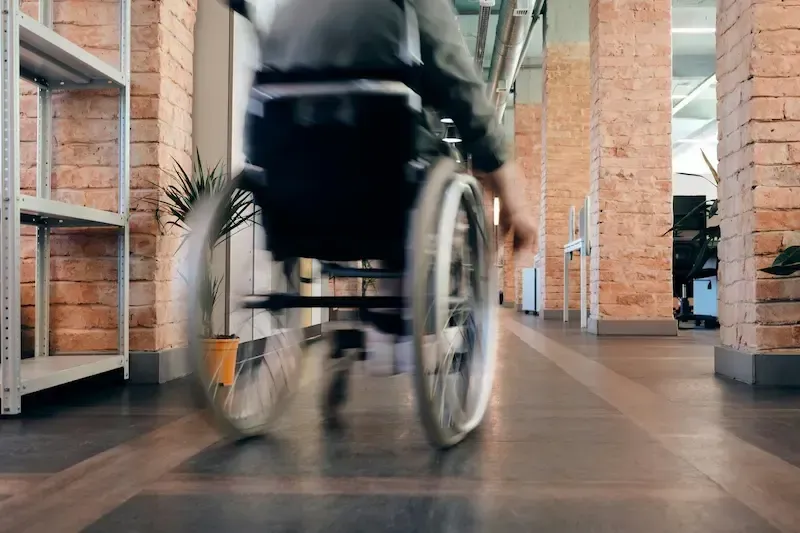How Exercise Can Help Manage Parkinson's Symptoms
Parkinson's disease is a progressive neurological disorder that affects movement, balance, and coordination. While there is no cure, regular exercise can help manage the symptoms, improve overall quality of life, and slow the progression of the disease. At Senior Fitness Palm Springs, we understand the unique challenges faced by seniors with Parkinson's and offer personalized exercise programs designed to enhance mobility, strength, and independence.
Benefits of Exercise for Parkinson’s Disease
- Improves Mobility and Flexibility: Exercise helps maintain and improve range of motion, making it easier to perform daily activities. Stretching and flexibility exercises can reduce muscle stiffness and rigidity, common symptoms of Parkinson's.
- Enhances Balance and Coordination: Targeted balance exercises can help reduce the risk of falls, a major concern for those with Parkinson’s. Improved coordination helps maintain independence and safety.
- Boosts Mood and Mental Health: Physical activity increases the production of endorphins, which can help alleviate anxiety, depression, and stress, which are often associated with Parkinson’s disease.
- Strengthens Muscles: Strength training helps maintain muscle mass, which is important for stability and function, especially as muscle weakness is a common symptom of Parkinson's.
- Improves Cardiovascular Health: Aerobic exercises like walking, swimming, or cycling enhance cardiovascular fitness, reduce fatigue, and improve overall stamina.
Recommended Exercises for Managing Parkinson’s Symptoms
- Tai Chi: Tai Chi involves slow, deliberate movements that improve balance, flexibility, and muscle strength. It has been shown to reduce the risk of falls and enhance overall mobility.
- How to Do It: Join a Tai Chi class or use an instructional video that guides you through the basic movements. Practice for 20-30 minutes, 2-3 times per week.
- Brisk Walking or Nordic Walking: Walking is a great cardiovascular exercise that also improves leg strength and coordination. Nordic walking, which uses poles, can help enhance balance and posture.
- How to Do It: Aim for a 20-30 minute walk at a comfortable pace. Use walking poles to add an upper-body workout and help with stability.
- Dance Classes: Dance combines physical movement with rhythm and coordination, which can improve gait, balance, and cognitive function. It’s also a fun way to stay active and social.
- How to Do It: Join a dance class tailored to people with Parkinson’s, such as a “Dance for PD” class, or follow an online video.
- Resistance Training: Strength training exercises help maintain muscle mass and bone density, which are crucial for stability and mobility.
- How to Do It: Use resistance bands, light weights, or body-weight exercises like squats and leg lifts. Aim for 2-3 sessions per week, focusing on major muscle groups.
- Yoga: Yoga improves flexibility, balance, and relaxation while enhancing body awareness and posture.
- How to Do It: Practice yoga poses like “Mountain Pose,” “Chair Pose,” and “Tree Pose,” which promote balance and stability. Incorporate deep breathing exercises to help with relaxation.
- Cycling: Both stationary and tandem cycling have been shown to improve aerobic fitness, motor function, and muscle strength in people with Parkinson's.
- How to Do It: Start with 15-20 minutes on a stationary bike at a low resistance level, gradually increasing the duration and intensity as you build strength.
Tips for Exercising with Parkinson’s Disease
- Consult Your Healthcare Provider: Always get medical clearance before starting a new exercise program, especially if you have any symptoms or limitations related to Parkinson’s.
- Focus on Form and Safety: Use proper form to prevent injury. A certified trainer can help you learn the correct techniques.
- Start Slowly and Progress Gradually: Begin with low-intensity exercises and gradually increase the duration and intensity as you feel comfortable.
- Incorporate Regular Breaks: Allow time for breaks to avoid fatigue and ensure safety.
- Stay Hydrated and Nourished: Drink plenty of water and maintain a balanced diet to support your energy needs.
How Senior Fitness Palm Springs Can Help You Manage Parkinson’s Symptoms Through Exercise
At Senior Fitness Palm Springs, we create customized exercise programs for seniors with Parkinson’s that focus on improving mobility, balance, and strength. Our certified trainers provide guidance, support, and motivation to help you stay active and manage symptoms effectively.
Contact Us Today! Schedule a free consultation to learn how we can support your journey to better health with Parkinson’s.
